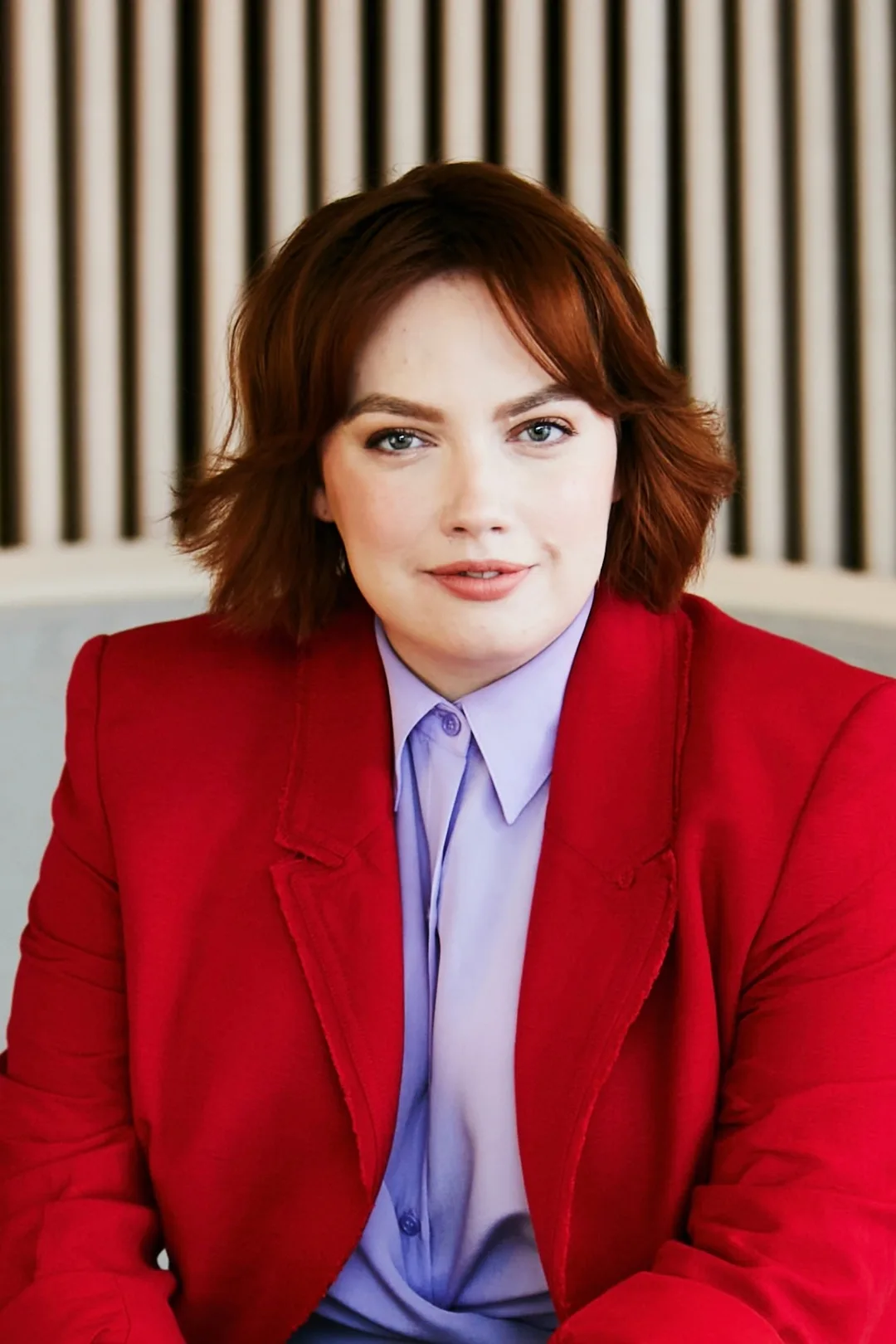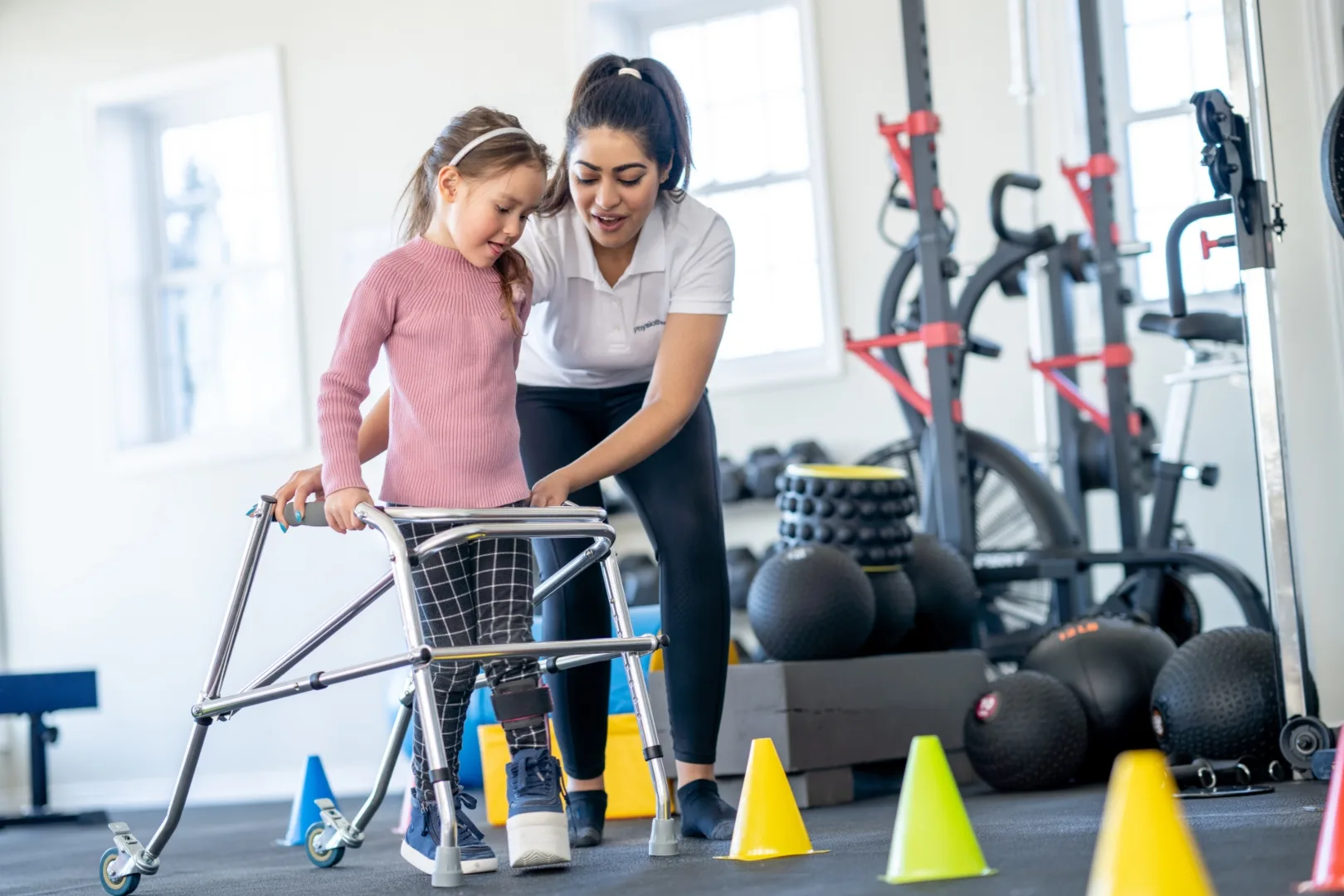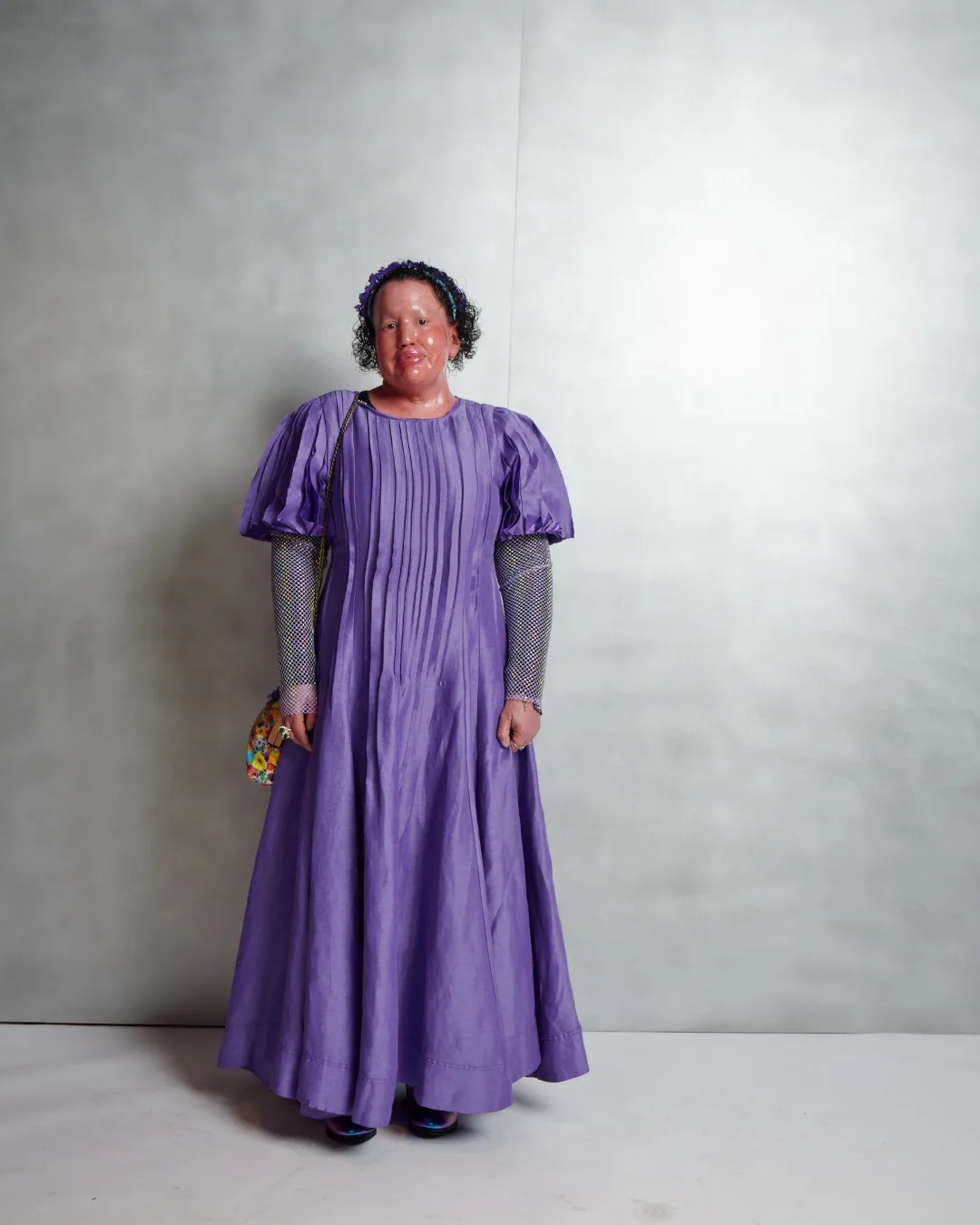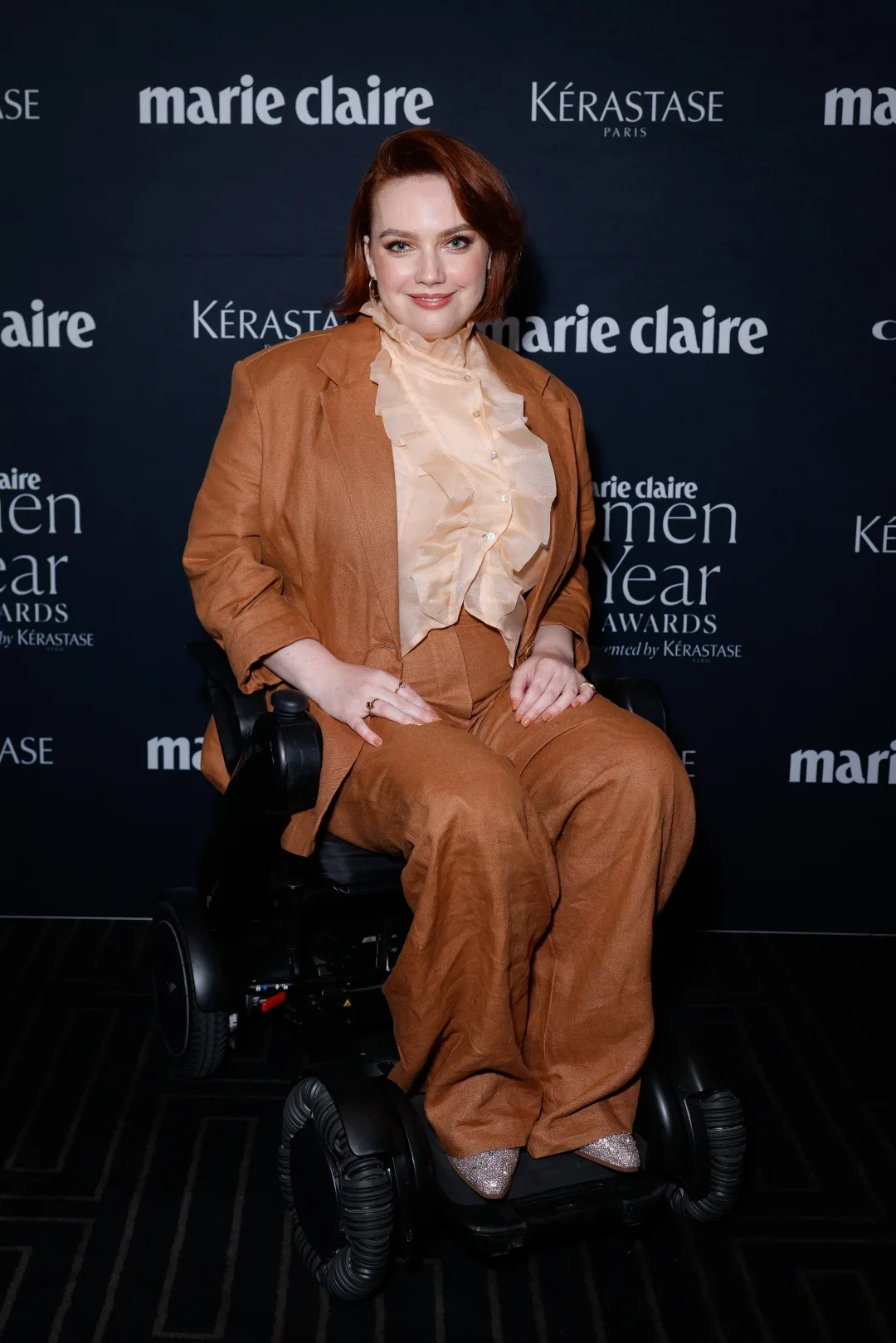These scenarios reflect the raw and revealing testimonies of Australian women and men with disabilities. They are disturbing experiences our society rarely spoke about – until a Royal Commission finally brought our collective dirty secrets out of the darkness and into the light. For too many years, the abuse and violence committed against people with disabilities has been overlooked and disregarded. But no more.
The Disability Royal Commission, established more than four years ago, in April 2019, was created in response to widespread reports of “violence against, and the neglect, abuse and exploitation of, people with disability”.
Its purpose was to investigate these reports by gathering information through research, public hearings and personal experiences told privately to the commission.
After those four years, the final report by the Disability Royal Commission was delivered to the federal government on September 29, 2023. In its 6,845 pages are 222 recommendations of improvements to laws, policies, structures and practices to ensure a more inclusive and just society.
The commission uncovered stories of violent crimes, sophisticated cover-ups, broken systems, traumatised humans and people who are simply begging for these issues to finally get the awareness they deserve.

People like Libby*, who lives with an intellectual disability and resides in a group home. Every day, Libby is woken at 7am, eats lunch at 12pm, dinner at 5pm and lights out at 8pm.
At 54 years old, Libby has a curfew. She has never chosen where she lives or who she lives with. Despite her obvious abilities, she has very little choice over how her day goes. Every work day must be approved by three different staff members before she can leave the house. Some days she misses work because the approvals are not coordinated.
When asked what she would tell people who have never lived in or been in a group home, Libby explains that “everyone must be careful and be on their guard”. This is her home she’s talking about.
A report released earlier this year by the National Disability Insurance Scheme (NDIS) watchdog found that more than 7000 serious incidents – including sexual misconduct, injury, abuse and neglect – occurred in disability group homes over the past four years. The NDIS Quality and Safeguards Commission’s report of 7000 serious incidents is particularly startling given fewer than 20,000 people with disability live in group homes.
The Royal Commission’s final report noted that before group homes came to be the dominant form of housing for people with disability, many people with disability lived in large residential centres, some of which housed hundreds of people. The commission heard that regardless of their smaller scale, many group homes are in fact “mini-institutions” and fail “on many accounts to deliver the quality of life that had been expected”.
The commission’s final recommendation on this form of housing was definitive: group homes are to be closed within 15 years, with residents moved to more suitable, individualised settings. While Libby supports the recommendation, she’s worried about where she and her friends will go when the group homes are closed. “There needs to be more houses so there aren’t group homes,” she tells marie claire. “There aren’t enough houses for us to choose to be on our own.”
Libby is right – it is going to take significant planning and funding by both federal and state governments to move the thousands of people living in group homes into individualised options, and currently the supply simply doesn’t exist. Libby’s also quick to point out that where she currently lives is nowhere near her worst experience.
As an inclusion advisor for an advocacy organisation, Libby loves her job. But it wasn’t that long ago she spent years working in a warehouse where her only task, day in and day out, was to scrub labels off wine bottles.

“It was awful, always so cold and damp,” Libby recalls. She was one of 60 people with disability scrubbing wine bottles, and the only woman. She can’t remember exactly how much she was
paid, but it was “very little”. We know it was likely a few dollars an hour, given that people with disabilities still work in these sheltered workshops, known by the friendly term Australian disability enterprises (ADE).
In 2023, it is still legal for people with disabilities to earn as little as $2.37 an hour.
In its submission to the Royal Commission, the peak body for Australians with an intellectual disability, Inclusion Australia, outlined how people with an intellectual disability have been told for decades that the only place they can get a job is in an ADE working for below the minimum wage. “This is one of the clearest examples of the segregation system, where rules, laws and conventions only apply to people with an intellectual disability, such as below minimum wages and working only with other people with an intellectual disability,” the submission stated.
The Royal Commission’s recommendation on ADEs is for them to close, and to move all people with disability to the full minimum wage by 2034. The commission argued that working in an ADE heightens the risk of exposure to violence and exploitation compared to open employment, and the payment of sub-minimum wages to people with disability is inconsistent with the principles of inherent dignity.
Libby’s response to the recommendations to close both ADEs and group homes couldn’t be clearer: “I agree with everything.” But she is also focused on what comes next. “We need the words to
become actions and only then we’ll live safer, better lives,” Libby says.
“We get to know the world, and the world will get to know us.” Writer, speaker and appearance activist Carly Findlay, who lives with a lifelong genetic skin condition called ichthyosis, has seen her fair share of trauma. But nothing could prepare her for what it was like to testify at the Royal Commission last year.
“It was a really big process, around eight months all up. I had many meetings with the Disability Royal Commission team to create my written testimony. It was all unpaid, and I had to relive and verbally repeat some pretty awful moments,” she tells marie claire. “I talked about refusal from taxi drivers to take me because they’re scared my face will ruin their car, to online abuse from strangers and people I know. I am really proud to have played a part in such a monumental investigation that hopefully creates long-lasting change for all disabled people in the future.”
But Findlay admits there are times she doubts it was all worth it. “I don’t know how worth reliving my trauma will be if things don’t change – or change quickly,” she says.
Such as change for women like Fran*, who was born with physical disabilities in the 1960s in regional Queensland. Her parents wanted nothing more than for her to be included but were met with resistance from doctors to teachers and everyone in-between. Although Fran’s parents were told that she would be better off in an institution, they resisted the pressure … until they discovered the only way they could get their daughter the physiotherapy she desperately needed was to send her to live at an institution in Brisbane.
Arriving at the institution at the tender age of five, Fran faced isolation, brutal physical restraint and no access to education. “Our schooling often meant being given sheets of stickers and told to stick them in a book. I remember that because of my disabilities, I always ended up with more stickers in my hair or on my shirt than in the book, but nobody seemed to care. It kept us busy and out of the way,” Fran says. “At a segregated school, nobody expected me to learn or graduate – it was just about passing time.”
After five-and-a-half years, Fran’s parents pulled her out of the centre and took her back home to Charters Towers, where she was able to graduate from high school. It was at university that Fran faced a new set of obstacles.

“When I got to university, they immediately threatened to exclude me because of the accommodations I needed,” she explains. “I wrote to the head of the university and told them if they exclude me it was a case of discrimination and I wasn’t going to take it.”
Fran’s perseverance paid off and she went on to complete a university degree. At that time, it was practically unheard of for people with disabilities to even finish high school. Sadly, the Royal Commission found that young people with disability today are still facing significant barriers to education and are not immune to the pain of segregation.
In Australia, 14 per cent of students with disability attend a special school. That number has increased by 35 per cent between 2003 and 2015, incentivised by arrangements that see children with disability who attend special schools attracting more funding.
But mainstream schools are not free from segregation. Of those students with disabilities who attend mainstream schools, approximately 19 per cent attend special classes within those schools. Research conducted by Children and Young People with Disability Australia found students with disability are routinely being denied opportunities to fully participate in school life, with almost half of the students being excluded from camps, sports, excursions, events and school activities.
Controversially, the Royal Commission’s final report saw the six commissioners divided on the decision to end segregated education. Three commissioners, however, including two who live with disability, came down on the side of closing all special schools by the end of 2051.
For Fran, the timeframe is a concern. “I’m worried the essence of the recommendation to end segregation will be diluted by the long timeframes and we won’t get the changes outlined, including that we have no more segregated education,” she says. “People with disabilities are not different. We don’t need special treatment and we shouldn’t be treated as less than human.”
Twenty-year-old Maria* says that for many disabled children who want an education “there’s no good option”. Maria attended both mainstream schools and segregated special schools, and both let her down. “Mainstream schools ignore disabled children’s needs and segregated schools do not offer an education,” she tells marie claire. “I wasn’t taught how to learn, but how to be more palatable to non-autistic people. Kids in segregated schools are not even given the option of graduating
high school.”

Maria took her story directly to the Disability Royal Commission, testifying on the treatment of disabled people in educational settings. “It was incredibly empowering to tell my story,” she says. “In the end, while their targets are too long to wait, I firmly support the disabled commissioners’ recommendations to desegregate education in Australia.”
When asked about the ongoing community divide about closing special schools, particularly among parents, Maria was emphatic in her response.
“Horrific abuses are perpetrated every day in the name of people who are not disabled ‘knowing what’s best’ for those who are,” she says. “The only way to stop the cycle of abuse is to centre and listen to disabled people. This is the time for everybody to act to make sure the report is not put in a box to continue to segregate and devalue the experiences and lives of disabled Australians.”
The federal government has six months after the handing down of the report before it has to respond to the Royal Commission’s recommendations, which include a call to commit to the enactment of a Disability Rights Act that will ensure people with a disability have the right to live free from all forms of exploitation, violence and abuse, and provide them with a voice on laws that impact them.
The women I spoke to say inclusion is within our collective grasp now – if only we care enough to do something about it.
“Invite disabled people to discuss the Royal Commission report, share the report and media about it with your networks, and make your events accessible and inclusive – from board meetings to birthdays,” Findlay says. “Look around to see who’s not in the room, and make space for us.”
Perhaps Fran sums it up best. “We forget we are dealing with people,” she says. “We need to be seen as whole human beings.”



